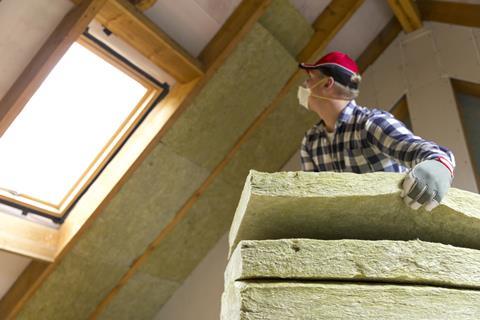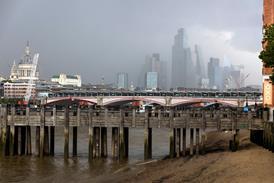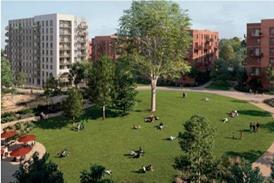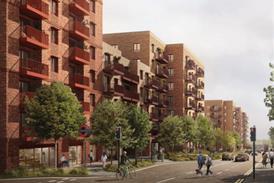School of architecture working with DG Cities on project commissioned by the business department
The Bartlett School of Architecture is working on a government project to come up with ways to improve the energy efficiency of housing that is difficult to decarbonise.
The school is working with innovation agency DG Cities on the job, which involves developing a definition of what makes a home “hard to treat” in terms of its energy performance.
The work, commissioned by the Department of Business, Energy and Industrial Strategy, will also see the creation of a practical framework to help inform policy and guidance to help tackle challenging properties.

In November, chancellor Jeremy Hunt unveiled £6bn of funding over three years from 2025 to improve the energy efficiency of buildings, an increase of £700m per year compared to the current funding round for the course of this parliament.
The government also set a new target to reduce energy consumption from UK buildings and industry by 15% by 2030 compared to 2021 levels.
Heating buildings is estimated to account for 37% of this country’s annual gas emissions, but 10 million homes - over a third of all UK dwellings - are thought to be difficult to insulate or improve by conventional means.
There is a statistical relationship between these types of homes and fuel poverty. According to official figures, 22.5% of households with uninsulated solid walls are in fuel poverty, compared to 8% of those with insulated solid walls.
Older homes are also often harder to heat and their residents more likely to be fuel poor. More than a fifth of homes built before 1919 are in fuel poverty, compared to 10% of those built between 1965 and 1985 and less than 5% of those built after 2002.
Bartlett associate professor Rokia Raslan said “hard to treat” homes had long been overlooked by policies that aim to decarbonise our homes due to the lack of evidence surrounding them.
“It’s more important than ever that we start collating, analysing and using this knowledge to pave the way to ensuring these homes and their occupants are set to benefit from the net zero transition,” she said.
Initial research for the study will include an assessment of existing evidence and interviews with housing, energy, conservation, industry, residents’ associations and built environment professionals to build on the current data.
It will also look at how the ownership of a building can present challenges to improving energy efficiency, particularly relating to time and budget constraints.
DG Cities head of research and service design Ed Houghton said: “This isn’t just about buildings, it’s about people.
“The project is about making sure that nobody, and no property, is left behind when it comes to the transition to net zero carbon.
“We want to highlight what works, and draw on a wide range of examples to assess not only the challenges of these properties, but also the practical interventions that can make a difference.”
The study will address any type of home where it is not easy to incorporate conventional cavity insulation, loft insulation or low-carbon heating solutions, such as heat pumps.
In his November fiscal statement, Hunt announced plans to set up a taskforce to advise the government on how to spend its funding for improving energy efficiency in buildings.
It follows a string of failed government retrofit schemes, including the £1.5bn green homes grant that was scrapped in 2021 after less than 10% of the allocated funding had been spent.
















No comments yet